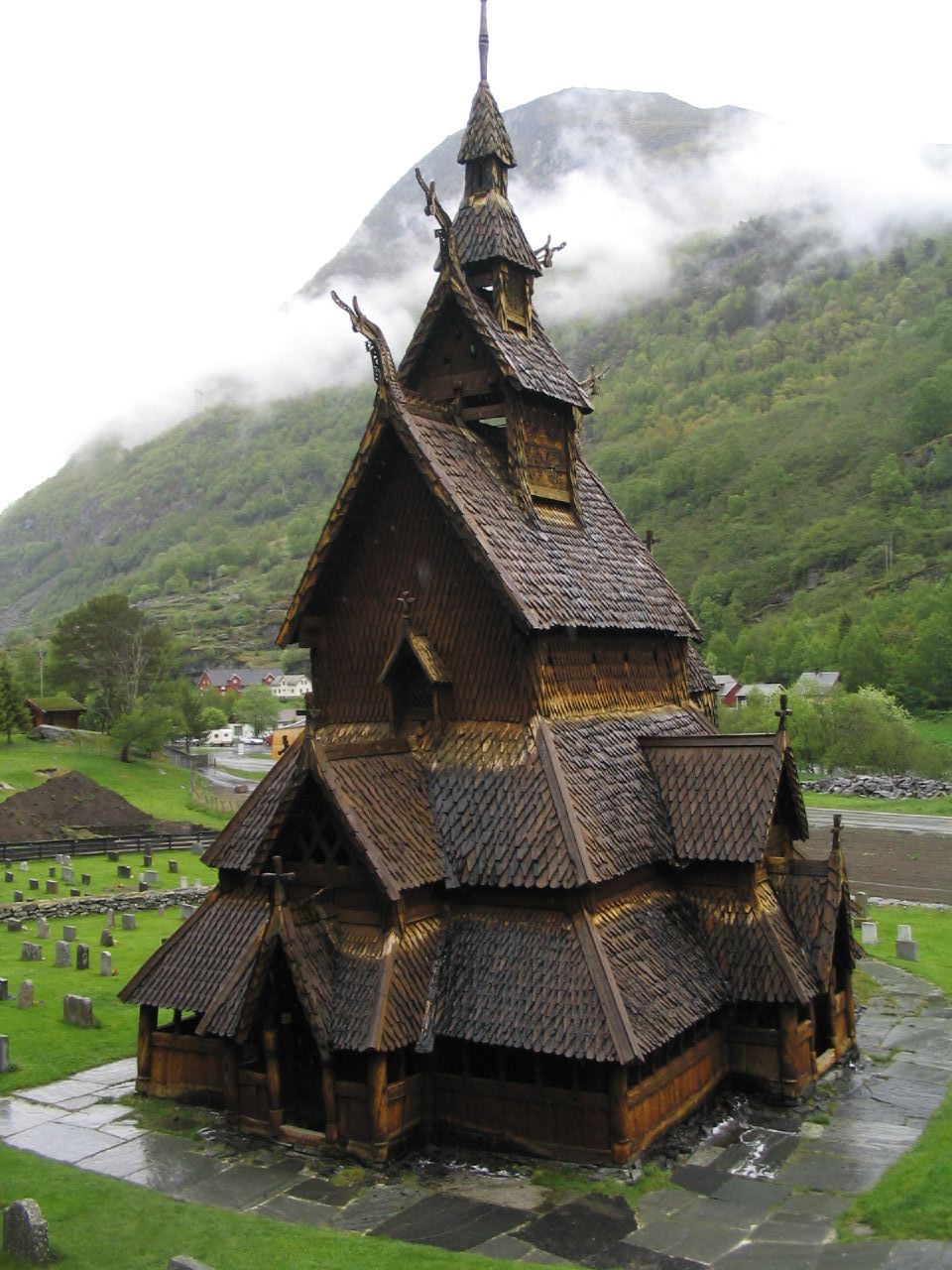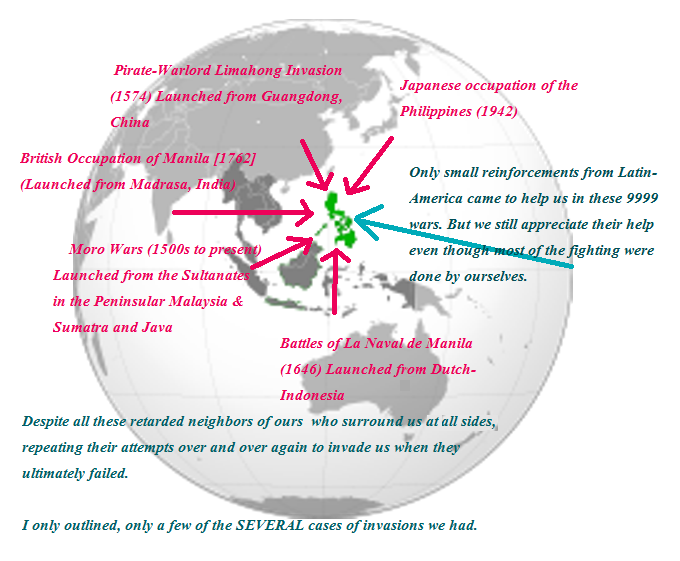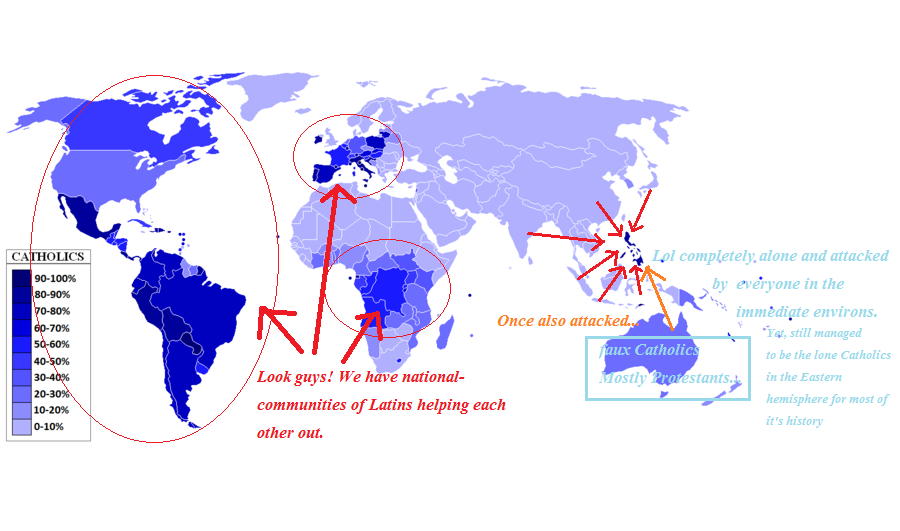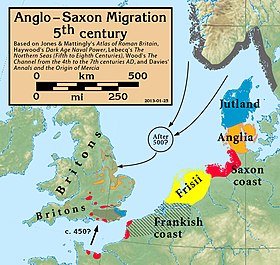So we are believers in the one true God of all. In Christ, here.
And consequently we appreciate the works that represent Christ's Bride, the Church, on earth.
So, I have a nice appreciation of Catholic Iconography...
Because we are allowed to make statues, sculptures and etc.
Which marks us apart from Sunni Muslims and Protestants.
Anyways. In this thread, I would just like to point out some wonderful Marian images and the histories tied to it.
@alex are you someone which has a special appreciation for the Virgin Mary? Because I do! Anyway! This thread is dedicated to the statues or images of the blessed Virgin Mary which is very preciovs in our history as Filipinos.
OUR LADY OF PEACE AND GOOD VOYAGE (THE VIRGIN OF ANTIPOLO)

This is one of my favorite images of the Blessed Virgin Mary under her title "Our Lady of Peace and Good Voyage".
The history behind this sculptural Marian image is wonderful. She is a "Black Maddona" in that her skin is black, perhaps influenced by Africans in the Atlantic slave-trade. But she was constructed in Latin-America and her origins come from Acapulco Mexico.
On March 25, 1626, the galleon trading ship El Almirante left Acapulco, Mexico. On board was the newly appointed Governor of the Philippines Don Juan Niño de Tabora who brought with him the statue from Mexico. The new governor arrived on July 18, 1626. The governor once was a soldier in Spanish Netherlands. I.E. The Army of Flanders which actually cut it's way through Germany.
The 'Spanish Road', linking Spain's northern territories with those in Italy and the Peninsula. In an ambitious undertaking, Spain used the Spanish Road to reinforce her position in the Netherlands with the new Army of Flanders in 1567.
@Campylobacter jejuni [this may be of interest to you since it passed through Germany]...
@mimoza [depending on where you live in Europe, this might be interesting to you too]
Anyway, the statue was first taken to Saint Ignatius Church (Spanish: San Ignacio Church), the Jesuit church in Intramuros. When Governor Don Juan brought it over from Mexico. He prayed under that image of the Virgin Mary and he was able to quell the rebellion in the Sultanate of Sulu [A Spanish territory} wherein he brought over hundreds of Peruvian and Mexican troops as well as thousands of native Filipinos to defeat the Sultan in the Battle of Jolo as well as help the Portuguese defeat the Dutch in battles over Macau near China and he also ransomed the Sultan of Ternate and sent alot of Filipino-Latino-Spanish soldiers there, in the process, waylay some Siamese ships. Anyway, what's interesting is what happened to the statue next...
In 1639, the Chinese rose in revolt burning the Antipolo town and church. In fear that the statue would be destroyed, Governor Sebastian Hurtado de Corcuera ordered the statue be transferred back to Cavite where it was temporarily venerated.
Don Sebastian ordered the statue removed in 1648, when it was transferred from its Cavite shrine and was shipped back to Mexico aboard the San Luis galleon. At the time, having a statue of a saint on the ship served as a patroness or protector of the Acapulco trade.
The statue crisscrossed the Pacific Ocean on Manila-Acapulco Galleon trade ships six times from 1648 to 1748 aboard the:
San Luis — (1648–1649)
Encarnacion — (1650)
San Diego — (1651–1653)
San Francisco Javier — (1659–1662)
Nuestra Señora del Pilar — (1663)
San Jose — (1746–1748)
When it was decided that it should stay in the Philippines. It was returned to Antipolo and put under the care of Augustinian Recollects.
It was then threatened during World War 2 when the Japanese and Americans tried to fight over city and it had to be hidden away by the faithful before it was restored to its proper place.
This Marian image is very precious since she has basically traveled half the breadth of the world and there such a huge history to it, she was involved in several wars against and was nearly burned, torn or destroyed several times, but it still survived.
TO BE CONTINUED...












